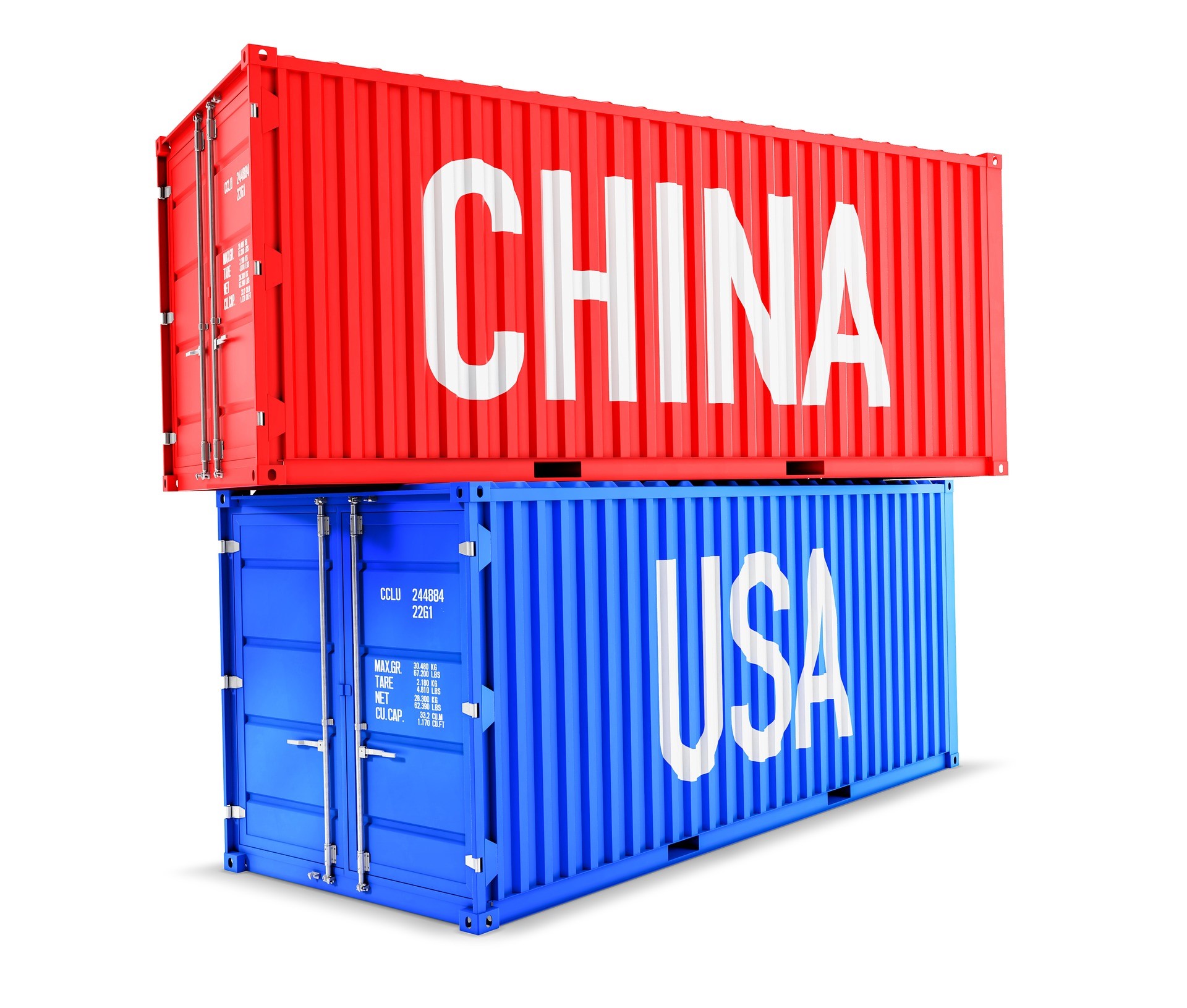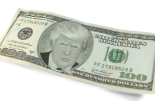abrdn: Chance of trade war under Trump 25%
abrdn: Chance of trade war under Trump 25%

With 34 days to go until the US elections, Lizzy Galbraigth, Political Economist at asset manager abrdn, looks ahead to what America's economic policy would look like under the administration of Kamala Harris and under the administration of Donald Trump:
'The US election is effectively a toss-up. Harris leads in the polls, but Trump has advantages in the Electoral College, higher approval on the economy and polling errors in recent elections moving in his favour . Our election scenarios show a 50% chance of either candidate winning.
Harris has set out a more fiscally expansive policy platform than Biden, promising a package of tax credits. But she is also proposing higher corporation tax, and increased regulation on certain business practices. However, Harris would struggle to implement much of this agenda unless she got a unified Congress. But we think this is unlikely and give it just a 10% probability. Still, a Harris government with a divided Congress, which we see as a 40% probability, may be able to pass watered-down aspects of her agenda. Republican interest in child tax credit and immigration reform makes bipartisan agreement possible.
We continue to think there are multiple potential versions of a Trump presidency, depending on the congressional outcome and his governing style. Crucially though, much of Trump’s trade agenda can be passed with executive orders. We assign a 25% probability to trade war, 15% to a market-friendly outcome involving tax cuts and deregulation, and a 10% probability to a potentially volatile scenario involving tax cuts, deregulation, protectionism, and the overt politicisation of monetary policy.'
|
Scenario |
Description |
Indicative probability |
|
Constrained Harris |
Harris wins the presidency but Republicans take the Senate. The expiration of the TCJA in 2025 means a bipartisan agreement on a tax bill will be the major focus of Congress. |
40% |
|
Blue wave |
Harris secures the presidency and a unified Congress. She focuses on progressive tax policy and addressing cost of living concerns through regulatory changes. |
10% |
|
Trump trade war 2.0 |
Trump wins the election and focuses on fulfilling campaign pledges on trade and immigration through executive orders. A split Congress curtails legislative efforts, including tax cutting. |
25% |
|
Trump delivers for markets |
Trump’s agenda largely follows the pattern set in the first half of his first term, with effort focussed on deregulation and tax cuts. |
15% |
|
Full-fat Trump |
Trump takes advantage of a unified Republican Congress to enact his entire political platform – across trade, immigration, fiscal and regulatory policy. |
10% |









